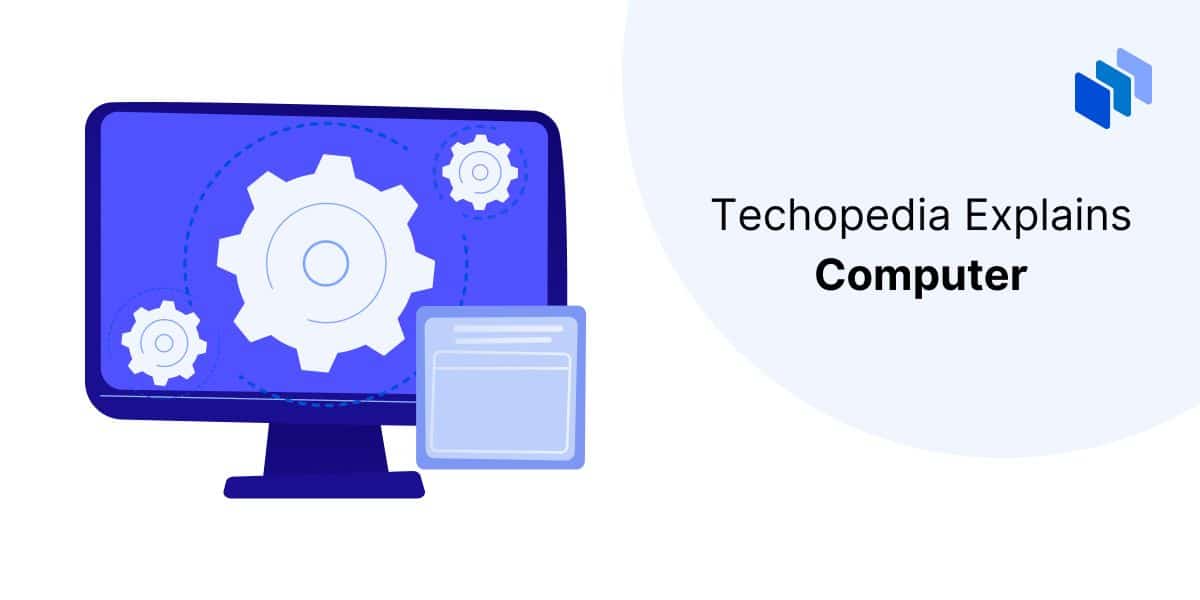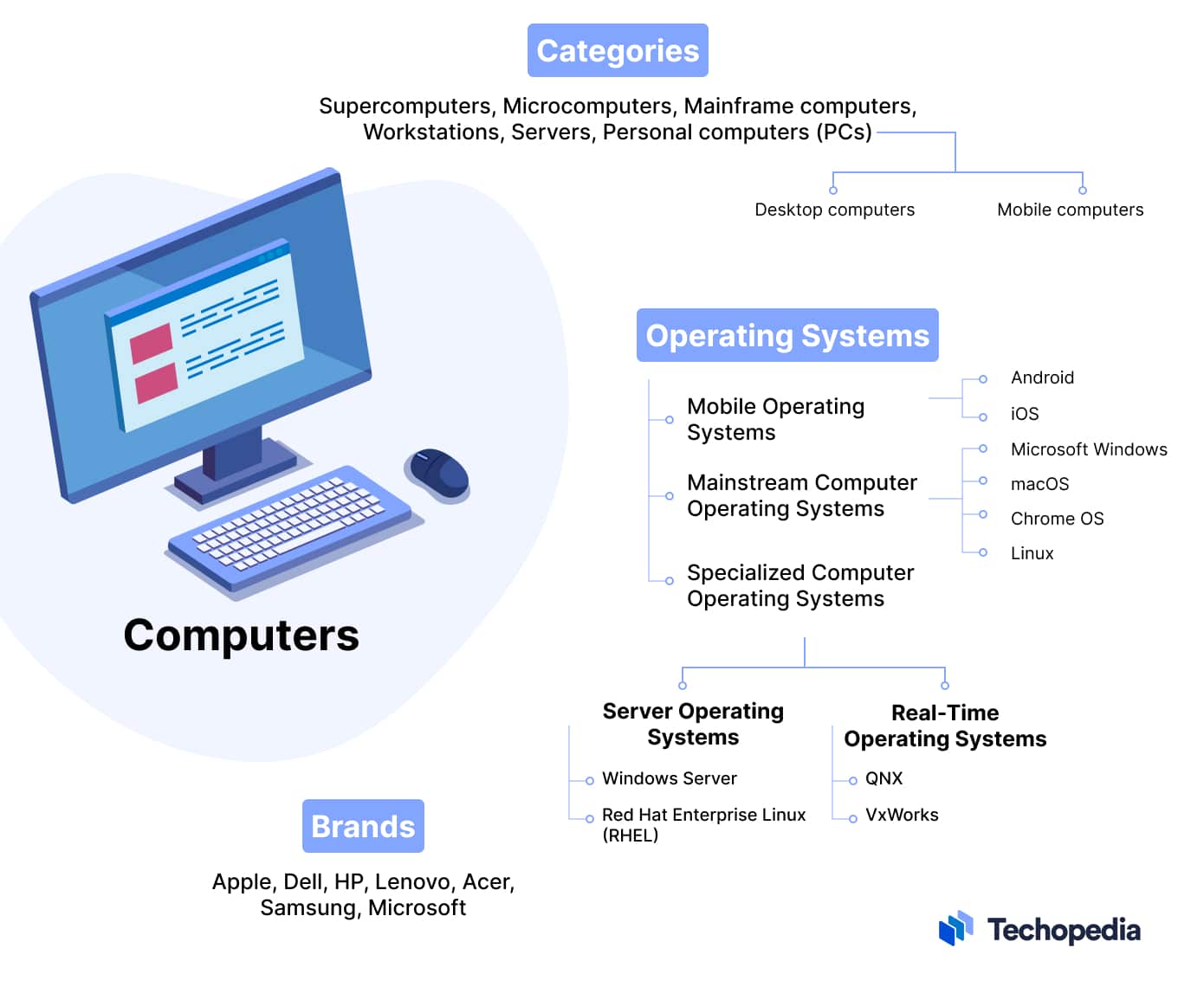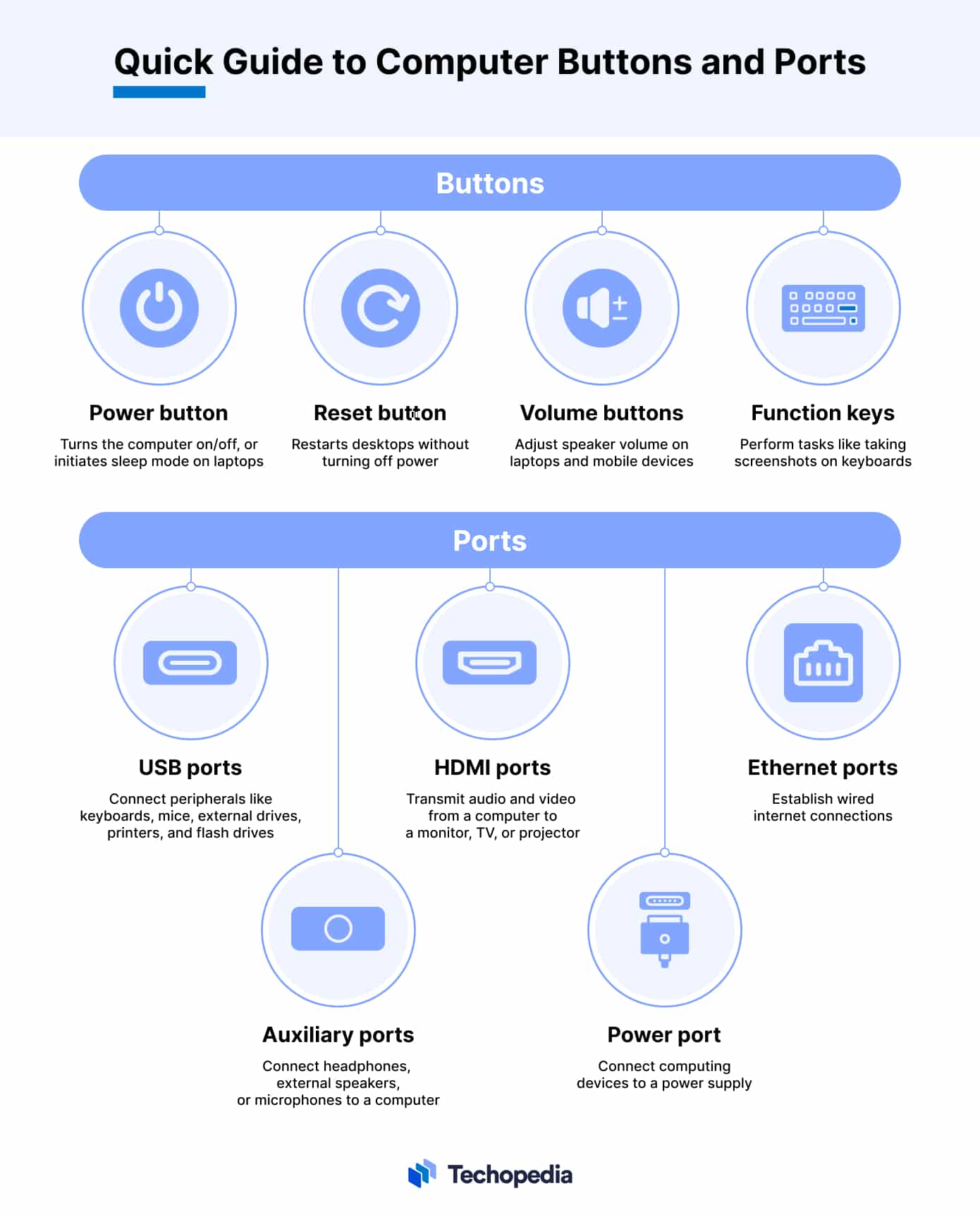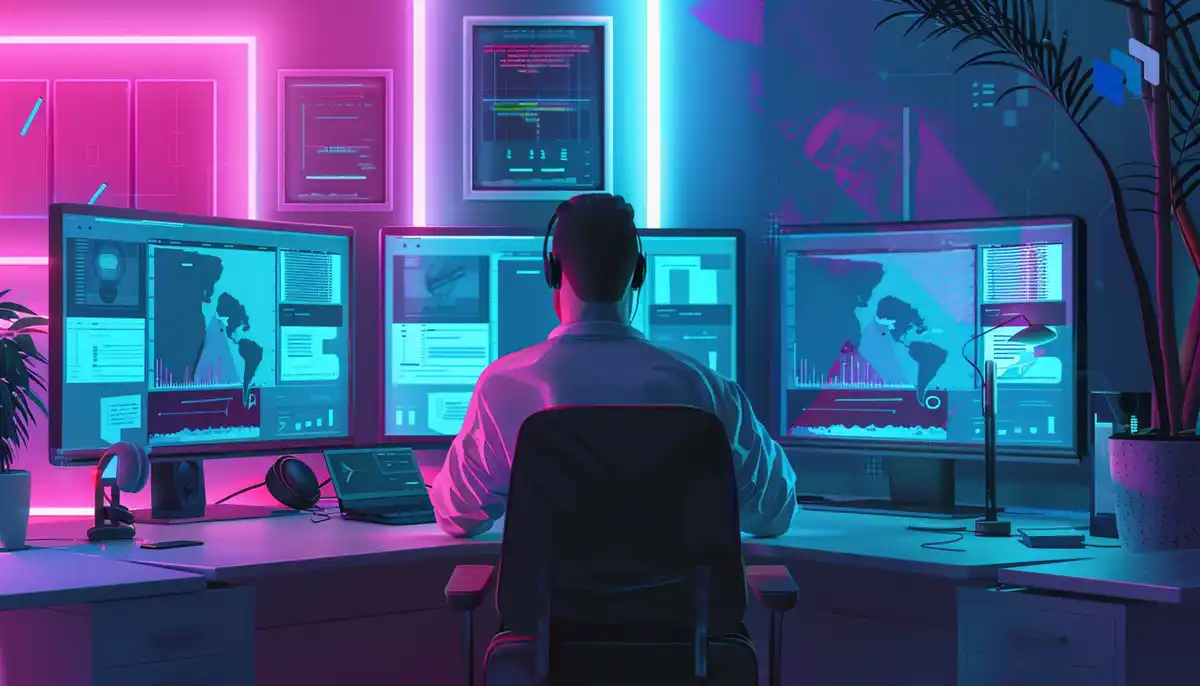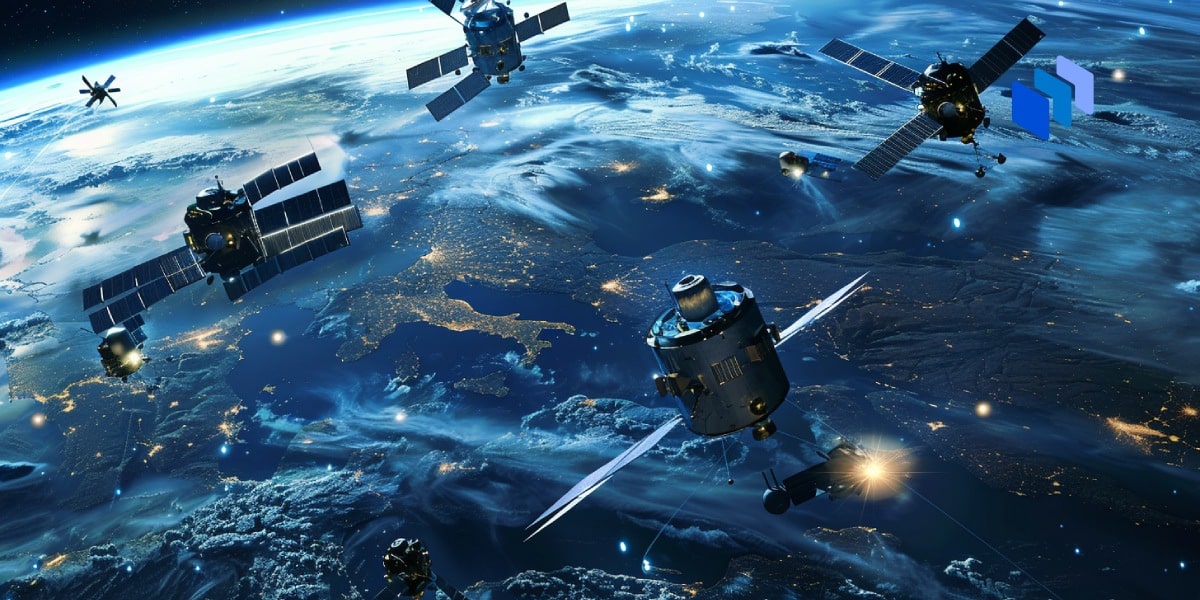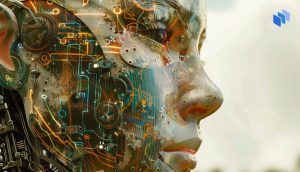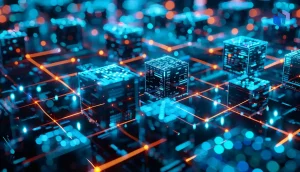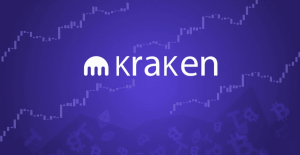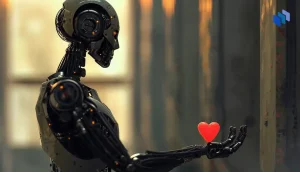What is a Computer?
A computer is an electronic device that processes data according to instructions that are provided by computer programs. Computers can be used to perform a wide range of tasks, from basic calculations to complex operations involving artificial intelligence (AI).
A computer has two main parts: hardware and software. The hardware is responsible for executing tasks, and the software provides the hardware with directions for what tasks to perform – and how to perform them.
Techopedia Explains
Computer hardware, firmware, peripherals, and software work together to input, process, store, and output data.
- Hardware refers to a computer’s physical components.
- Software refers to the system software and software applications that run on a computer and enable the hardware to perform various tasks.
- Firmware is a special type of software that is embedded in hardware components to control their basic functions.
- Peripherals are external devices that connect to a computer and provide it with additional functionalities.
Who Invented the Computer?
The invention of the computer cannot be attributed to a single individual. The evolution of computers from early mechanical calculating machines to today’s advanced digital systems involved the work of numerous scientists, engineers, and mathematicians.
Charles Babbage (1791 – 1871) is often referred to as the “father of the computer.” He is credited with promoting the concept of programming and the idea of automating computation.
Ada Lovelace (1815 – 1852) wrote what is often regarded as the first algorithm intended to be processed by a machine.
George Boole (1815 – 1864) developed a logic system that laid the groundwork for the binary system that’s used in computer programming and digital circuit design.
Alan Turing (1912–1954) is credited with formalizing the concepts of “algorithm” and “computation” with the invention of his Turing machine. He also made contributions to the field of artificial intelligence and proposed a method for determining whether a machine is capable of intelligent behavior that is indistinguishable from that of a human.
John Atanasoff and Clifford Berry (1942) designed and built one of the first electronic digital computers. The Atanasoff-Berry Computer (ABC), which was designed primarily for solving linear algebraic equations, used binary digits and had the ability to perform simultaneous operations in parallel.
John Mauchly and J. Presper Eckert (1945) designed and built the Electronic Numerical Integrator and Computer (ENIAC), one of the earliest electronic general-purpose digital computers. ENIAC could be reprogrammed to solve a wide range of numerical problems.
John von Neumann (1903-1957) proposed the principle of stored programs in 1945. This innovation is often considered to be as significant as the transition from mechanical to electronic computing.
John Bardeen, Walter Brattain, and William Shockley invented the transistor in 1947. Transistors, which are used to control and manipulate electrical signals, began to replace vacuum tubes in computers in the late 1950s.
Robert Noyce’s idea for putting an integrated circuit (IC) on a silicon chip in 1959 made it possible to mass produce integrated circuits and paved the way for miniaturizing computer components.
Ted Hoff, Federico Faggin, Stanley Mazor, and Masatoshi Shima designed the first commercially available microprocessor, which was released by Intel in 1971. The microprocessor’s ability to perform a variety of tasks on a single chip helped make personal computers (PCs) and smart devices possible.
What Can a Computer Do?
A computer can perform a vast range of tasks, depending on its design and the software it runs. Common capabilities include:
- Performing complex mathematical calculations at high speed.
- Creating, tracking, storing, and transferring
- Facilitating creativity, communication, collaboration, and online learning.
- Providing access to the World Wide Web.
- Conducting complex simulations and analysis for scientific research.
- Facilitating machine learning (ML) and artificial intelligence.
- Controlling and monitoring other computer systems.
- Playing streaming media and computer video games.
- Managing digital financial transactions.
- Automating business processes.
- Digitizing health care and supporting the Internet of Medical Things (IoMT).
What are the Different Types of Computers?
Computers are typically classified by category type, brand name, or operating system (OS). The classifications help consumers, businesses, and tech enthusiasts make informed purchasing decisions, because they help shoppers understand what to expect from a particular computer in terms of capability, compatibility, and overall user experience.
Computer Categories
Computers are often categorized by their physical size, functional capabilities, and intended use. Popular computer categories include:
Supercomputers: In the past, supercomputers were individual computers that had a lot of processing power. Today, most high-performance computing is carried out with computer clusters or processing units that work together to achieve extremely high levels of computational speed and performance.
Microcomputers: These are small computers that can be embedded in consumer electronics, home appliances, automobiles, and machinery to control specific functions.
Mainframe computers: These are powerful computers that are primarily used by enterprise-level businesses for batch processing. Mainframe computers have large form factors. Today, most mainframes are about the size of a refrigerator.
Workstations: Workstations are high-performance computers that have more processing power and are more expensive than regular desktop computers. Workstations, which are used to process large datasets and perform complex calculations quickly, have played an important role in the development of large language models (LLMs) and generative AI.
Servers: This is a computer that provides data and services to other computers over a network. In theory, any type of computer can be used as a server.
Personal computers (PCs): PC computers are used by individuals and businesses for everyday tasks. This category includes both desktop and mobile computers.
- A desktop computer is a personal computer designed for use at a single location. Desktops have larger form factors, more processing power and greater storage capacity than mobile computing devices.
- A mobile computer is a portable computing device that is designed to be easily carried and used in different locations. Mobile computers typically have built-in batteries that provide power, are designed with small form factors for hand-held use and easy transport, and offer wireless Internet connectivity options.
Computer Brands
The criteria for classifying a computer by its brand is based on the trade name under which a computer is sold. Brand names are created by the company that manufactures the computer. Popular computer brands include Apple, Dell, HP, Lenovo, Acer, Samsung, and Microsoft.
- Apple is known for its Mac line of computers, including the MacBook Air, MacBook Pro, iMac, and Mac Pro. The brand is known for its focus on clean, minimalist design and intuitive user experience.
- Dell offers a wide range of Windows desktops, laptops, servers, and workstations. The company’s partnership with Microsoft ensures that Dell computers are optimized for Microsoft’s suite of productivity applications and cloud services.
- Hewlett-Packard (HP) sells laptop and desktop computers, as well as a wide variety of peripheral devices, including printers for home use and business use.
- Lenovo is one of the world’s largest PC vendors. Its ThinkPad series, which was originally developed by IBM, is renowned for its durability, reliability, and business-oriented features. Their IdeaPad line, which is aimed at the consumer market, is also popular for its innovative designs and affordability.
- Acer is a popular choice for consumers who are seeking budget-friendly computing options. The company is a leading manufacturer for Chromebooks and is known for its high-performance gaming laptops and desktops.
- Samsung is known for its mobile computers and solid state drives (SSDs). The company’s Galaxy Book series is designed to meet a wide range of user needs, from everyday computing to more demanding compute-intensive tasks.
- Microsoft is known for the Xbox gaming console, as well as its Surface line of PCs, which includes laptops, 2-in-1 computers, and tablets. The company’s vertical integration of their operating system with hardware is a strategy that Apple has used successfully.
Computer Operating Systems
Different types of computers use different types of operating systems. Each type of operating system is designed to optimize performance and functionality for specific workloads and resource requirements.
Mainstream Computer Operating Systems
Microsoft Windows, macOS, Chrome OS, and Linux distributions like Ubuntu are desktop operating systems. These robust OSs are designed for desktop and laptop computers that are used to handle a wide variety of tasks.
Android and iOS are the most popular mobile operating systems. (Microsoft used to have a mobile OS, but discontinued it in 2019.) These lightweight operating systems are designed for tablet computers and smartphones that have touch interfaces and require power efficiency.
Specialized Computer Operating Systems
Windows Server and Red Hat Enterprise Linux (RHEL) are server operating systems. This type of OS is designed for computers that manage network resources, provide services to other computers on the network, and handle more resource-intensive tasks than desktop or laptop computers.
QNX and VxWorks are examples of real-time operating systems (RTOS). This type of modular OS is used for computers that are embedded in machinery.
PCs and Macs
In the early days of personal computing, Windows and Macintosh computers each offered a unique user experience. The Macintosh operating system (Mac OS), which was introduced by Apple in 1984, was one of the first operating systems to have users interact with a computer through a graphical user interface (GUI).
In contrast, the first version of Microsoft Windows, which launched in 1985, layered a graphical interface over a text-based command line operating system called MS-DOS. This meant that early Windows users often interacted with both GUI and command line interfaces (CLIs).
Because of the differences in these two operating systems, software developers had to create unique versions of each software application for Macintosh and Windows computers.
To help consumers, the Windows version was labeled “PC” and the Macintosh version was labeled “Mac.” If the application was cross-platform, the label would say PC/Mac.
Essentially, this marketing strategy aligned PC meaning with Windows, even though the definition of PC technically refers to any type of personal computer – even those personal computing devices that run Mac and Linux operating systems.
Can the Same Computer Run Any Type of Operating System?
While it’s technically possible today for the same computer type and brand to use different operating systems, practical limitations regarding hardware component compatibility, system architecture and driver availability – as well as legal issues pertaining to licensing – can prevent this from happening.
The most important factor in determining what operating system a computer should use is whether the computer’s hardware is compatible with the OS in question. While some proprietary operating systems can run on a wide variety of computer brands, others are designed to run on proprietary hardware.
For example, macOS is designed to run specifically on Apple hardware. In contrast, the Windows operating system can be run on open source hardware, proprietary hardware, and commodity hardware from a large number of computer vendors.
What are the Basic Parts of a Computer?
The basic parts of a computer are hardware and software. Hardware refers to the physical, touchable components of a computer. Software refers to the programmed instructions that hardware uses to perform specific tasks.
Standard Computer Hardware Components
Standardization has made it possible for hardware vendors to produce components at scale in a cost-effective manner that also increases efficiency. This, in turn, has helped make computers more affordable.
Standard hardware components include the following:
| Component | Description |
| Central Processing Unit (CPU) | The CPU is responsible for executing instructions, performing calculations, and controlling the way data is transmitted from one component to another. The CPU, which was historically referred to as a computer’s brain, is also commonly known as a processor or microprocessor. |
| Motherboard | This is a computer’s main circuit board. It acts as the backbone that provides slots and sockets for essential computer components and various expansion cards. The components physically plug into the motherboard so they can communicate and share data. |
| Random Access Memory (RAM) | This type of volatile memory temporarily stores data that other programs are using. When the computer’s power is turned off, data stored in RAM disappears. |
| Storage | This type of non-volatile memory saves data when the computer’s power is turned off. Hard disk drives (HDDs), solid-state storage drives (SSDs), hybrid drives (SSHDs), and on-board memory chips are all examples of computer storage. |
| Power Supply Unit (PSU) | This component converts alternating current (AC) from a standard electricity outlet on a wall into the direct current (DC) that a computer uses. The component within a PSU that performs the AC to DC conversion is known as a rectifier. |
| Graphics Processing Unit (GPU) | This component handles the way images, video, and animations are rendered. It processes the complex mathematical and geometric calculations that are necessary to render graphics, and offloads these compute-intensive tasks from the central processing unit. This accelerates the computer’s ability to display and manipulate visual data, and allows the CPU to focus on other computing tasks. |
| Cooling System | The cooling system in a computer is responsible for maintaining optimal operating temperatures for a computer’s internal components. Heat sinks and fans are commonly used to prevent CPUs, GPUs and PSUs from overheating. |
| Peripherals | These are external devices that connect to a computer to provide input and output (I/O) functions. Keyboards and mice are examples of input devices that allow the user to enter data and commands. Ultrawide monitors, laser printers, and speakers are examples of output devices a computer uses to convey information to the user. |
| Network Adaptor | A network adapter, also known as a network interface card (NIC), is a hardware component that enables a computer to connect to a network. Network adapters allow a computer to communicate with other network devices and the internet. |
Standard Computer Software Components
Standard software components help provide a consistent user experience across different computing devices and platforms.
Examples include:
| Component | Description |
| Device Drivers | These are specific types of software that allow a computer’s operating system to communicate with peripheral hardware devices. Drivers translate OS commands into actions that the device can understand and execute. Most operating systems today have pre-installed generic drivers to facilitate the use of plug and play (PnP) peripherals. |
| Utility Software | These are low-level software programs that help a computer maintain, optimize, and manage its resources. Utilities for disk defragmentation, disk cleanup, and disk formatting are included in most operating systems. |
| Application Software | These are programs designed to help users perform specific tasks. Some types of application software (like word processors and spreadsheets) are designed to be used for a variety of related tasks. Other types of application software (like photo editing or accounting software) are designed for one specific task. |
| Middleware | This type of computer software acts as a bridge that allows disparate software applications to communicate and share data. |
| Operating System (OS) | This is a computer’s most important software. The OS acts as an intermediary between the computer’s hardware and the user. It is responsible for managing hardware resources, running software applications, providing a graphical user interface, managing device access control, managing file storage, and handling networking tasks. |
A computer’s buttons provide easy ways for users to perform specific operations. Its ports are used to connect the computer with external I/O and external storage devices.
The specific array and types of buttons and ports can vary depending on the computer’s type, design and intended use. Laptops, for example, tend to have fewer ports than desktop computers.
The evolution of technology has also seen a shift towards more versatile ports like USB-C, which consolidates data transfer, video output, and power through a single connection cable.
Computer Buttons
Computer buttons are designed to be physically pressed by a human finger or virtually pressed with a pointing device such as a trackpad, stylus or mouse.
- The power button turns the computer on or off. On laptops, this button can also be used to put the computer into sleep mode.
- A reset button can restart a desktop computer without turning the power off.
- The volume buttons on laptops and mobile computing devices are used to adjust computer speaker
- Many keyboards have function buttons that can be pressed to perform specific tasks like grabbing a screenshot.
Computer Ports
A computer port is a physical docking point on a computer that can be used to connect peripheral devices to a computer with cables. Ports are characterized by their physical shape and size. This ensures that only compatible cables and devices can be connected.
- USB (Universal Serial Bus) ports are used to connect peripherals like keyboards, mice, external hard drives, printers, and flash drives to a computer.
- HDMI (High-Definition Multimedia Interface) ports are used to transmit data from a computer to a monitor, TV, or projector.
- Ethernet ports are used to establish wired internet connections.
- Auxiliary ports are used to connect headphones and external speakers or microphones to a computer.
- The power port is a specialized input port designed to connect a computing device to a power supply.
FAQs
What is a simple computer definition?
What’s in a computer?
What is the most powerful computer in the world?
Are computers conscious?
References
- The Atanasoff-Berry Computer: The First Electronic Computer (ThoughtCo)
- Explore Intel’s history (Intel)
- How trademarks and trade names differ (USPTO)
- Shop Mac (Apple)
- Dell Technologies Official Website (Dell Technologies)
- Dell Technologies Solutions for Microsoft: Empower Tomorrow’s Innovations Together with Microsoft (Dell Technologies)
- HP Computer and Laptop Store (HP)
- Shop HP Business Printers (HP)
- Lenovo Official Website (Lenovo)
- Lenovo ThinkPad Series Laptops (Lenovo)
- Lenovo IdeaPad Series Laptops (Lenovo)
- Acer Official Website (Acer)
- Acer Chromebooks (Acer)
- Gaming Laptops from Acer and Predator (Acer)
- Samsung Official Website (Samsung)
- IT & Mobile Communications (Samsung)
- Samsung Galaxy Books (Samsung)
- Frontier supercomputer debuts as world’s fastest, breaking exascale barrier (Oak Ridge National Laboratory)
